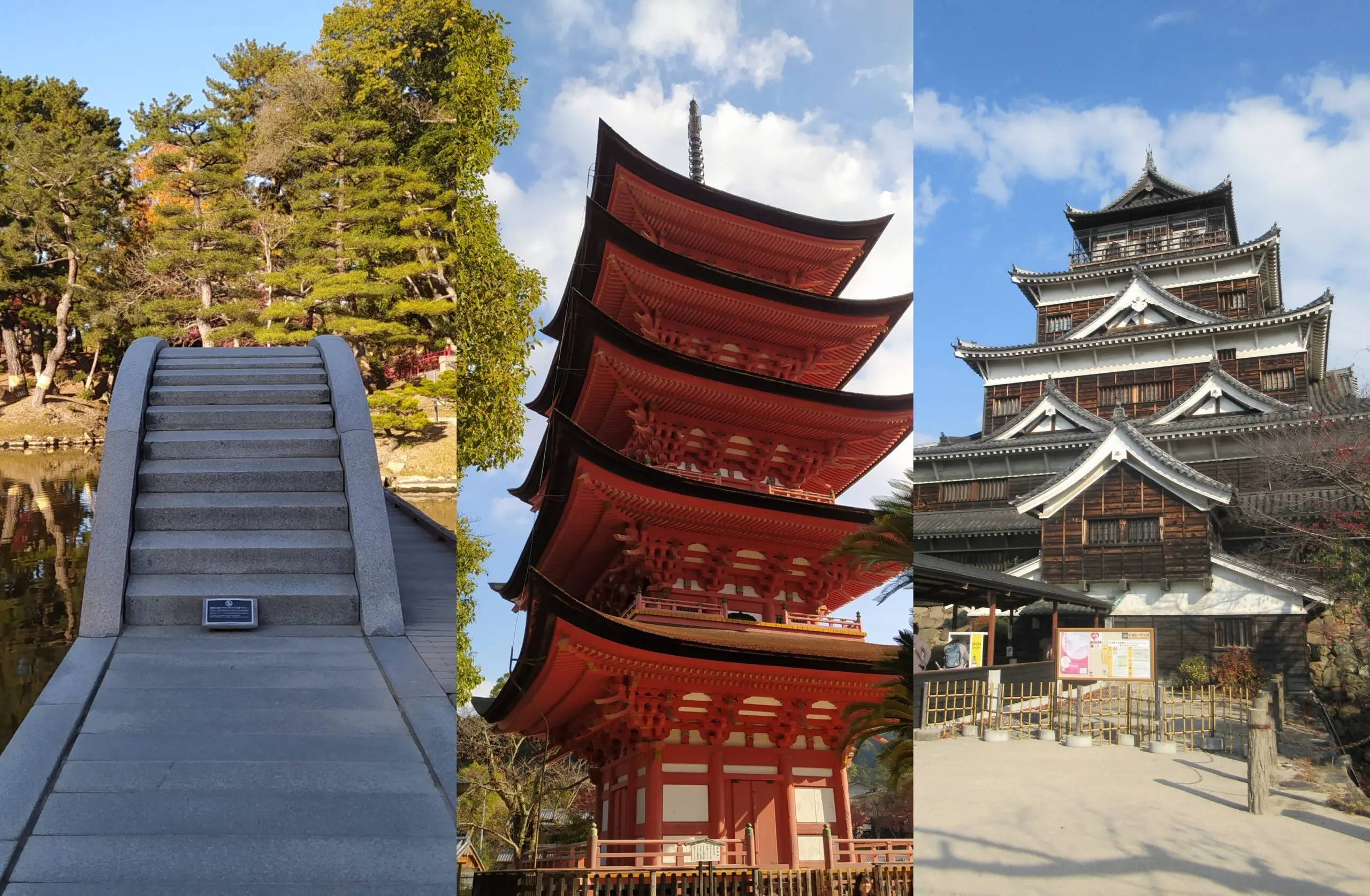
August 6, 1945, is an infamous date in Hiroshima. It was the day when an atom bomb leveled the city and killed and injured hundreds of thousands of people. It took years for Hiroshima’s residents to recover and reconstruct their city.
When you visit today, you’ll see seemingly just another city with people going about their daily lives. However, the Japanese, rightfully so, don’t want people to forget the harrowing consequences of nuclear war. There are remnants of the bombing that serve as a reminder to visitors and museums that tell its stories.
A visit to this part of Japan is a must for history lovers.
Getting a visa
Filipinos need a visa before entering Japan. These are some of the requirements:
- Passport
- Filled out application form with a photo attached
- PSA-issued birth certificate
- PSA-issued marriage certificate (for married applicants)
- Itinerary
- Bank certificate
- Tax payment certificate (ex. BIR 2316)
- Certificate of employment
You can also view the list of complete requirements here.
After securing the requirements, you can submit your application through an accredited travel agency.
You can also get more information by checking out the Embassy of Japan’s website.
Getting into Hiroshima
There are no direct flights to Hiroshima from Manila. The most convenient transit you can make is through Fukuoka. The latter is accessible by plane from Metro Manila. Cebu Pacific and Philippine Airlines have regular flights to Fukuoka. Purchase your flights weeks or months before your planned schedule to get a good deal.
For this itinerary, I would recommend getting the JR Hiroshima Yamaguchi Area Pass. It covers the round-trip bullet train from Fukuoka to Hiroshima. You can also use it for the train and ferry to Miyajima. You can buy this pass from Klook.
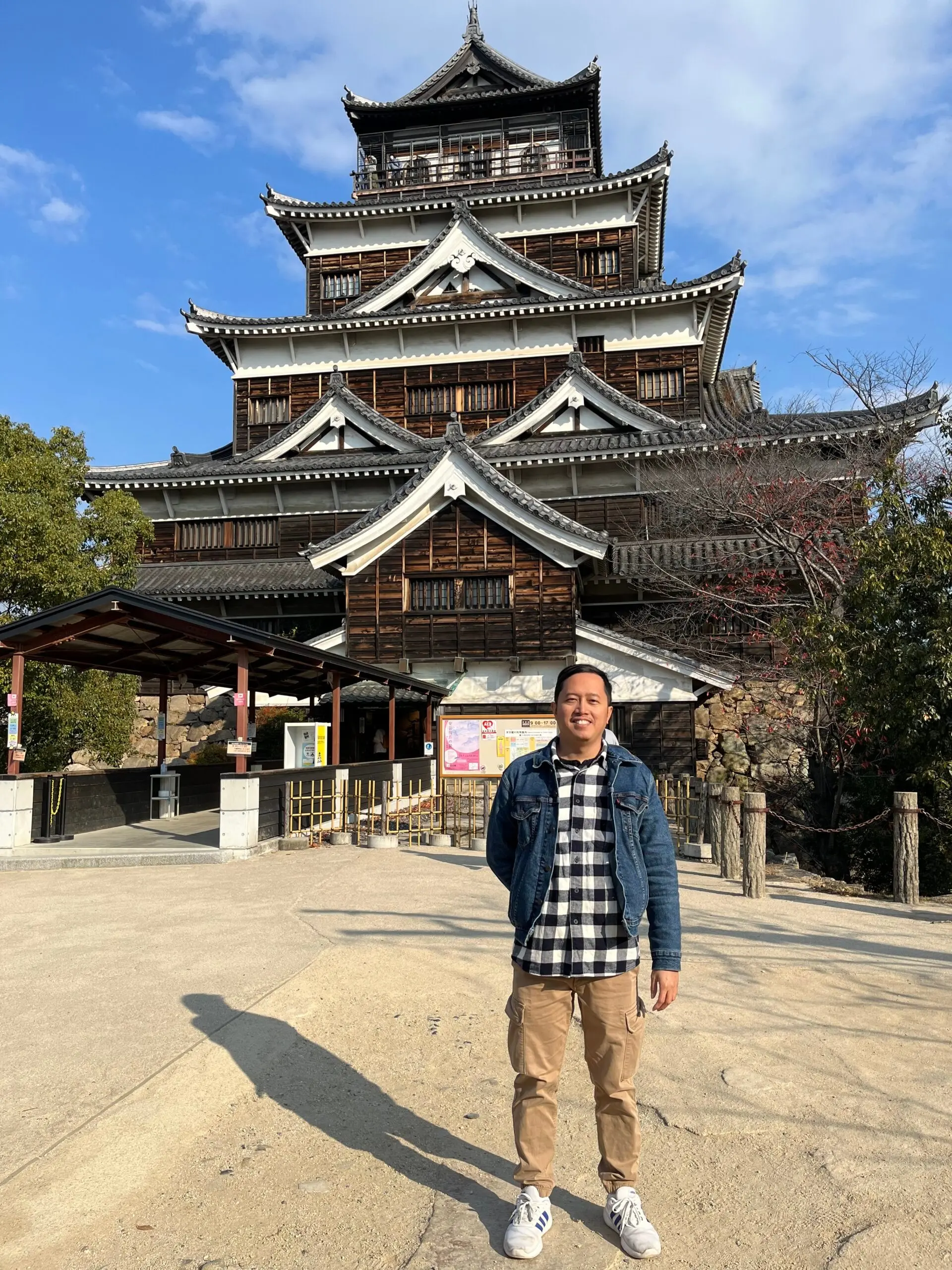
Get out of the airport
Fukuoka Airport is easily accessible from the city center. You can board a Nishitetsu Bus from the international terminal to Hakata Station, the fare is JPY 270. The subway is another option, but you’ll need to go to the domestic terminal first. Once in the domestic terminal, follow the signs that lead you to the subway station. You can catch a train bound for Hakata or Tenjin Station.
Get around Hiroshima
It’s convenient and easy to get around Hiroshima. The city has an extensive tram network that can take you to most of the must-visit sites. The ride for stops in the center costs around JPY 220. The fare increases the further you go out of the city center. You can get a one-day pass for unlimited use of the trams for around JPY 700.
There are also Sightseeing Loop Buses that Japan Rail operates. It has three routes and takes you to the city’s major attractions. You can use your JR Pass for these buses. If you don’t have a pass, you can pay the fare which is JPY 220 per ride or JPY 600 for a one-day pass. It’s also convenient to get around on foot.
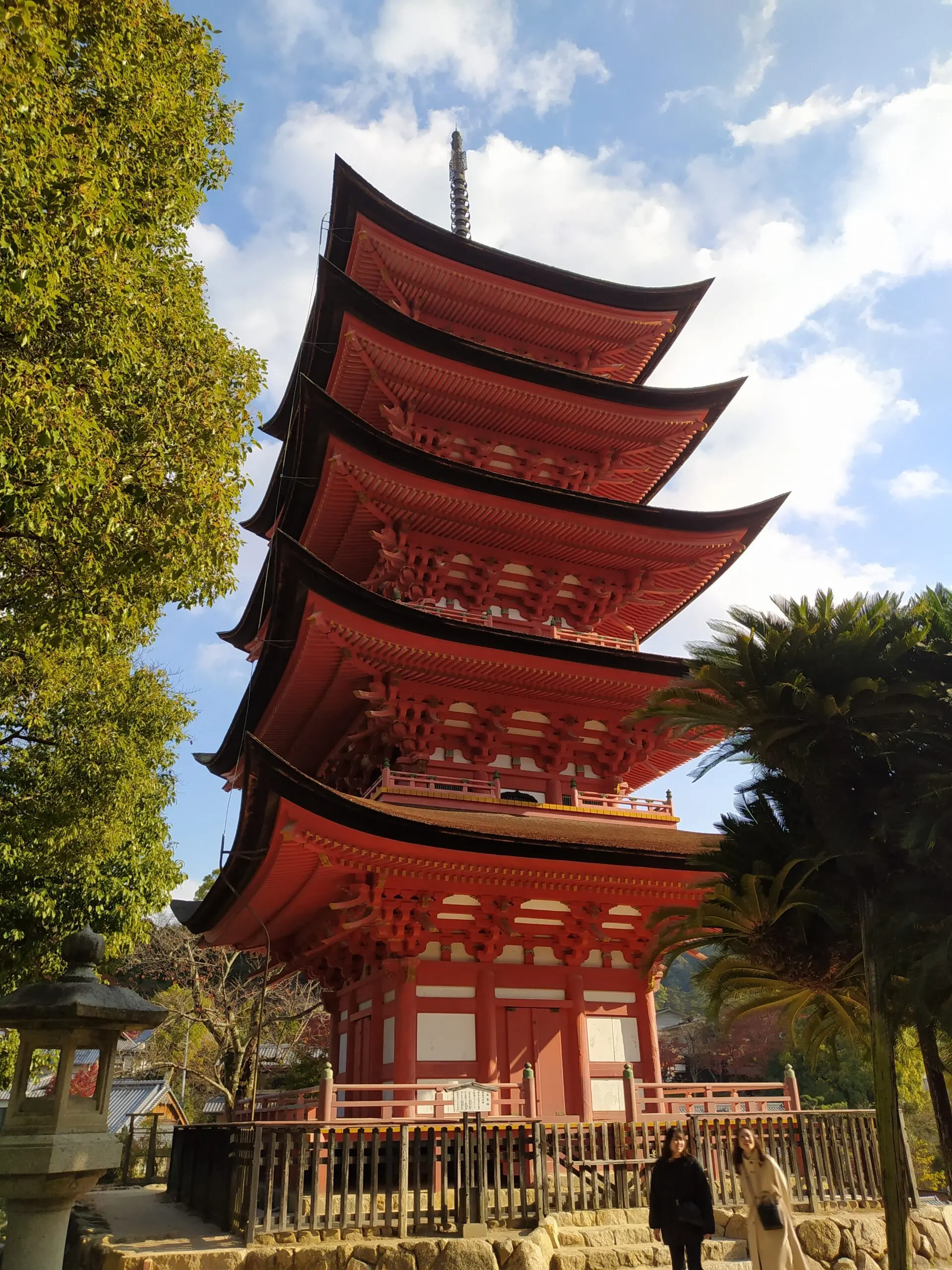
Best time to visit Hiroshima
Hiroshima is a year-round destination. You can visit this city regardless of the season. However, I often travel to Japan during the cold months of spring, autumn, and winter.
Autumn is an ideal season to visit the country because of the colorful foliage that emerges. The hues of yellow, green, red, and orange make for beautiful photos and backgrounds. The colors come out around November. There is no exact date when this happens; you’ll have to check the autumn foliage forecast.
Itinerary
This itinerary assumes you start with one full day and you’re already in Hiroshima. You’ll also most likely be spending some time in Fukuoka.
Day 1
After breakfast, make the Atomic Bomb Dome and Hypocenter your first stop in exploring Hiroshima. The Hypocenter is where the atom bomb detonated on August 6, 1945, which led to massive destruction and death. One of the most distinguishable vestiges of the bombing is the Atomic Bomb Dome, formerly known as the Hiroshima Prefectural Industrial Promotion Hall. It is kept in a ruinous state to remind people of the perils of using nuclear weapons.
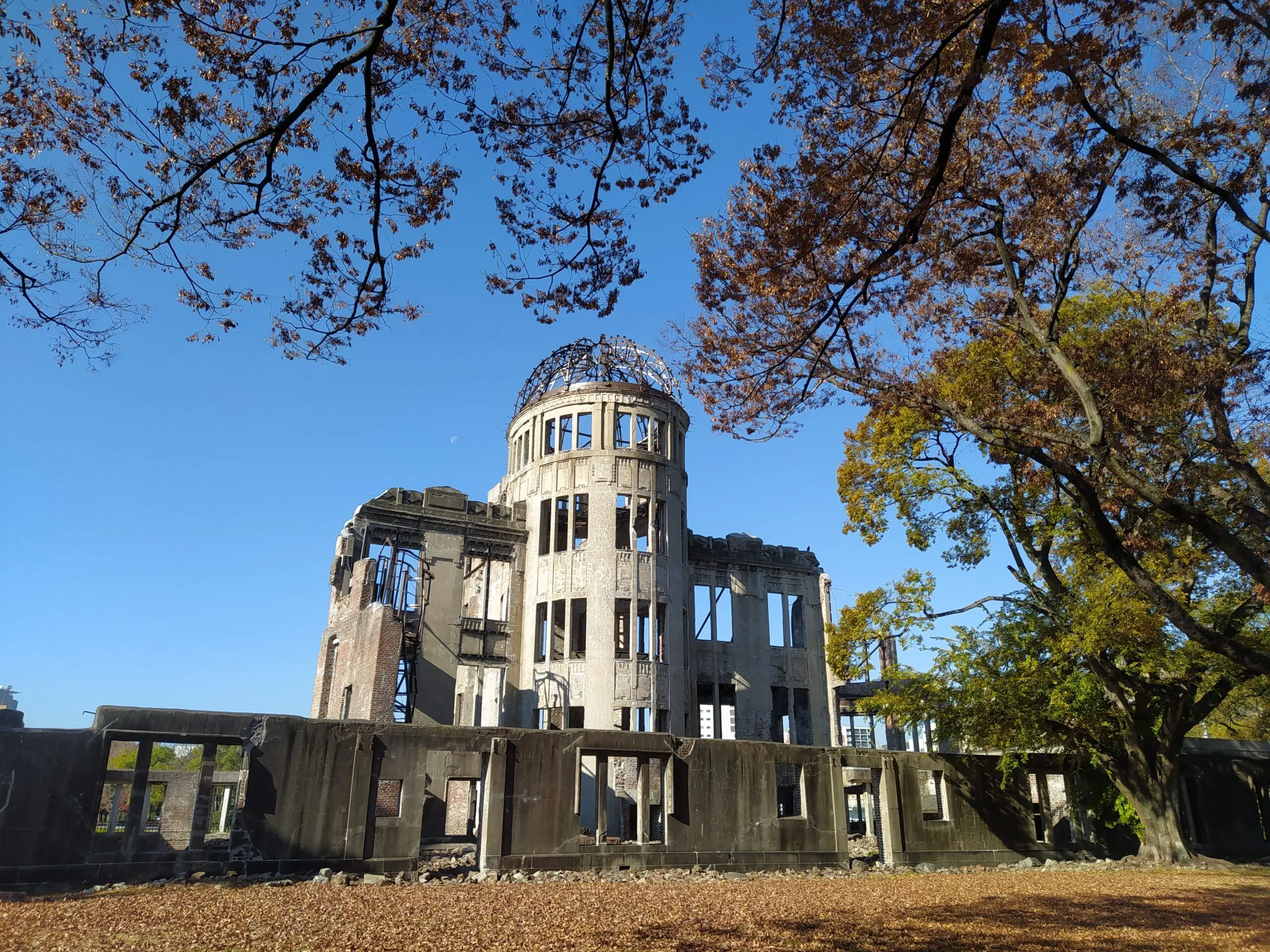
Make your way to the Hiroshima Peace Memorial Park. This sprawling park was built to memorialize the victims of the atom bomb. It also has a garden and is a popular spot for walks or simply just hanging out in. The park is home to landmarks and museums such as:
- Peace Memorial Museum
- Flame of Peace
- Memorial Cenotaph
- Monument to the Victims of the Atomic Bomb
- Children’s Peace Monument
The Peace Memorial Museum is a highlight for many visitors. It has several exhibits showing the before and after the bombing of Hiroshima. You can sometimes hear muted sobs as you go through the museum. However, despite the graphic display of events, the museum’s message is one of peace.
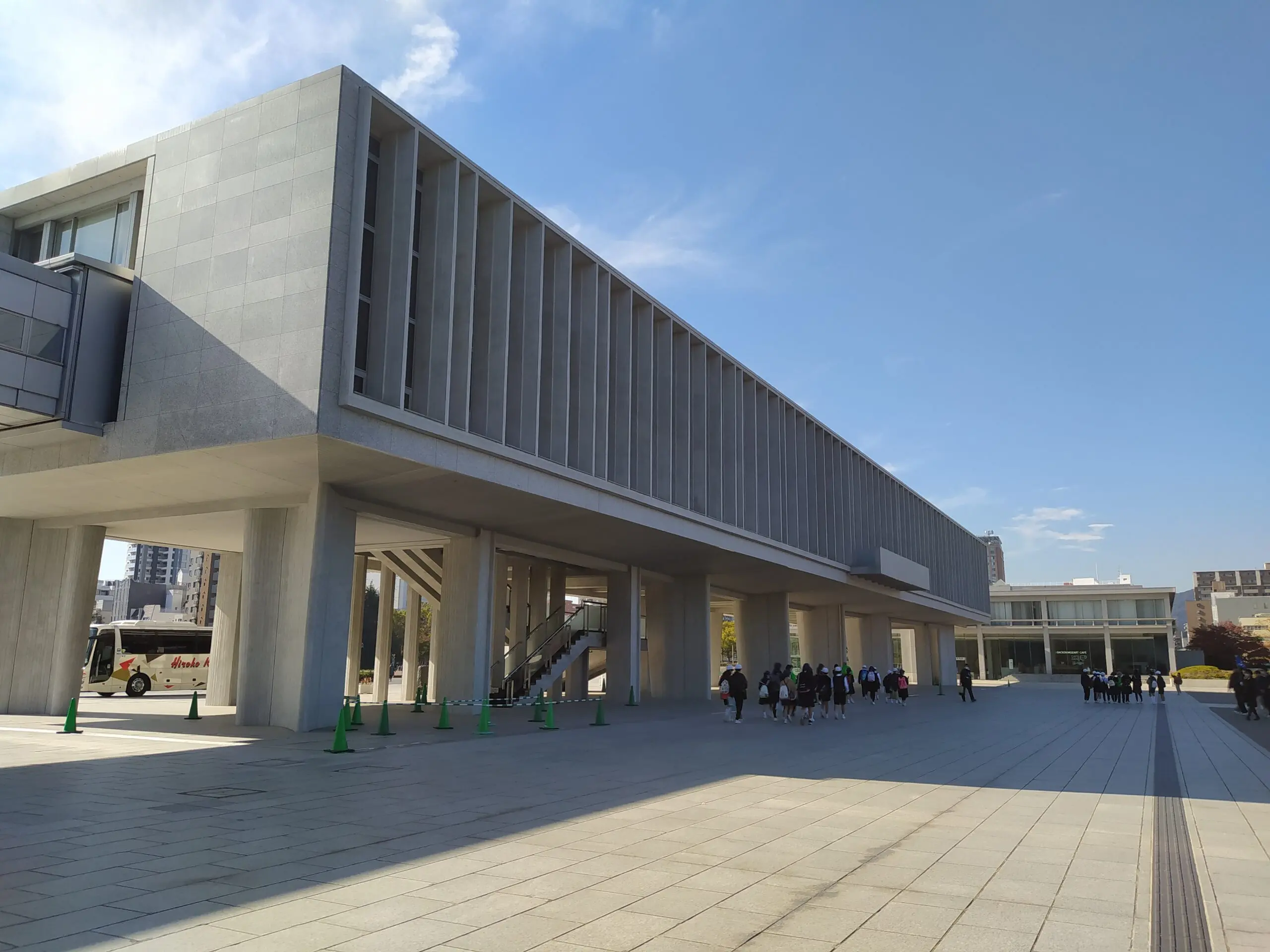
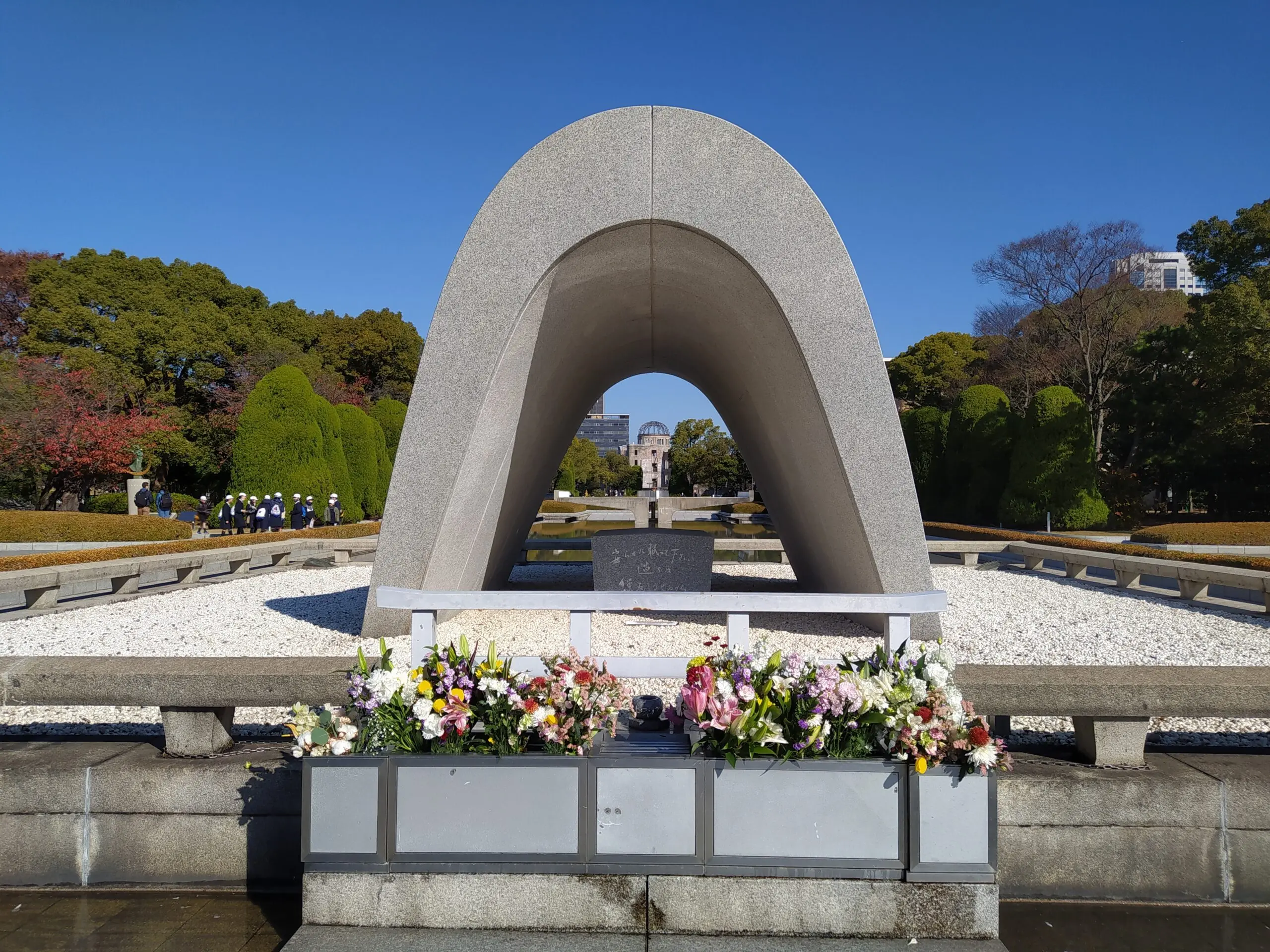
Make Hiroshima Castle your last stop before calling it a day for sightseeing. It dates to the late 16th century when Mori Terumoto (a feudal lord) had it built. The castle didn’t survive the devastation of the atom bomb. Reconstruction took place more than a decade after the bombing.
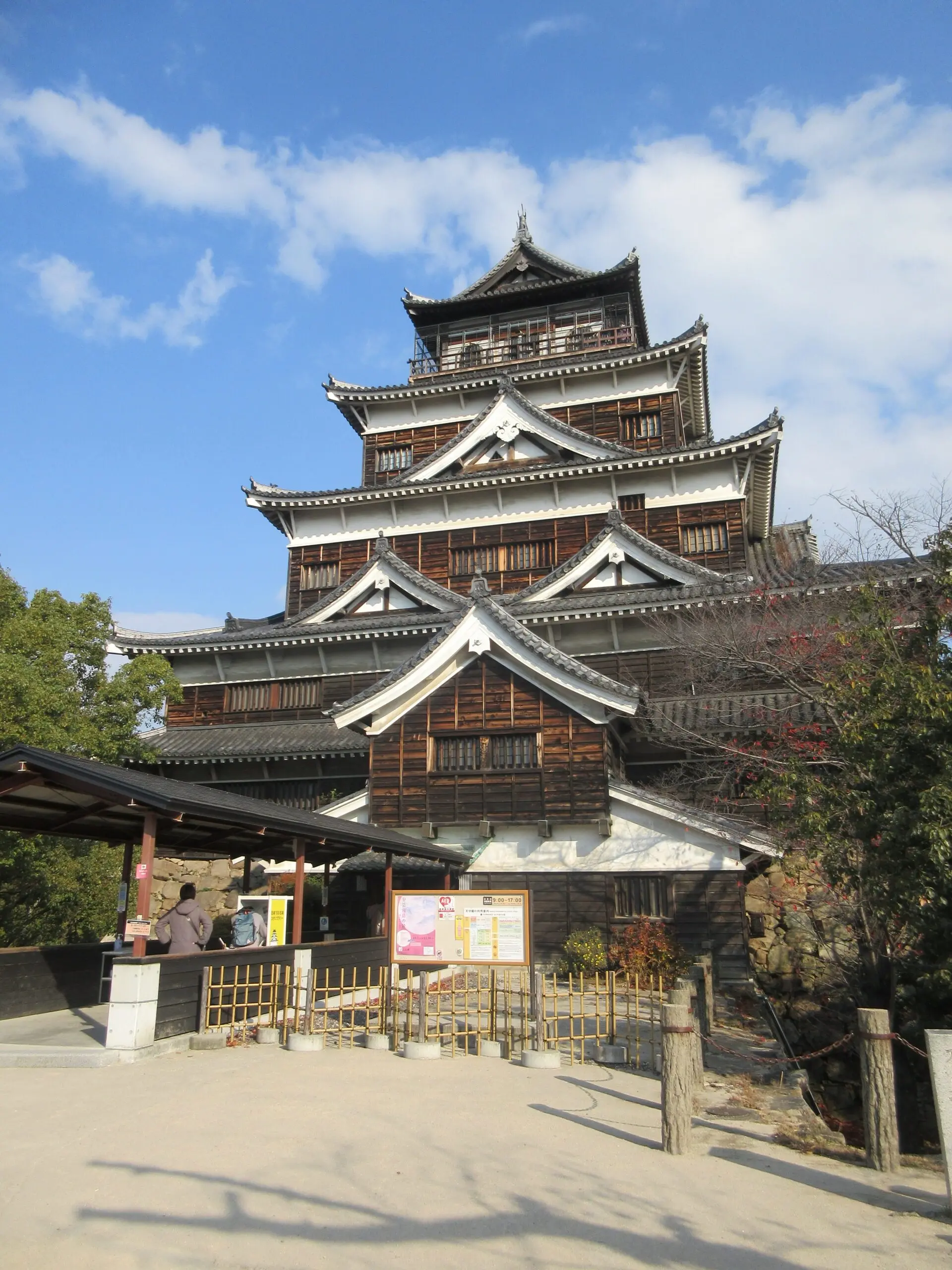
Day 2
After breakfast, head over to Miyajima. You can use your JR Hiroshima Yamaguchi Area Pass for the train and ferry rides to and from Miyajima. You’ll have to pay a JPY 100 visitor tax. This small island is a popular attraction. Its most recognizable spot is the huge torii gate jutting out of the water.
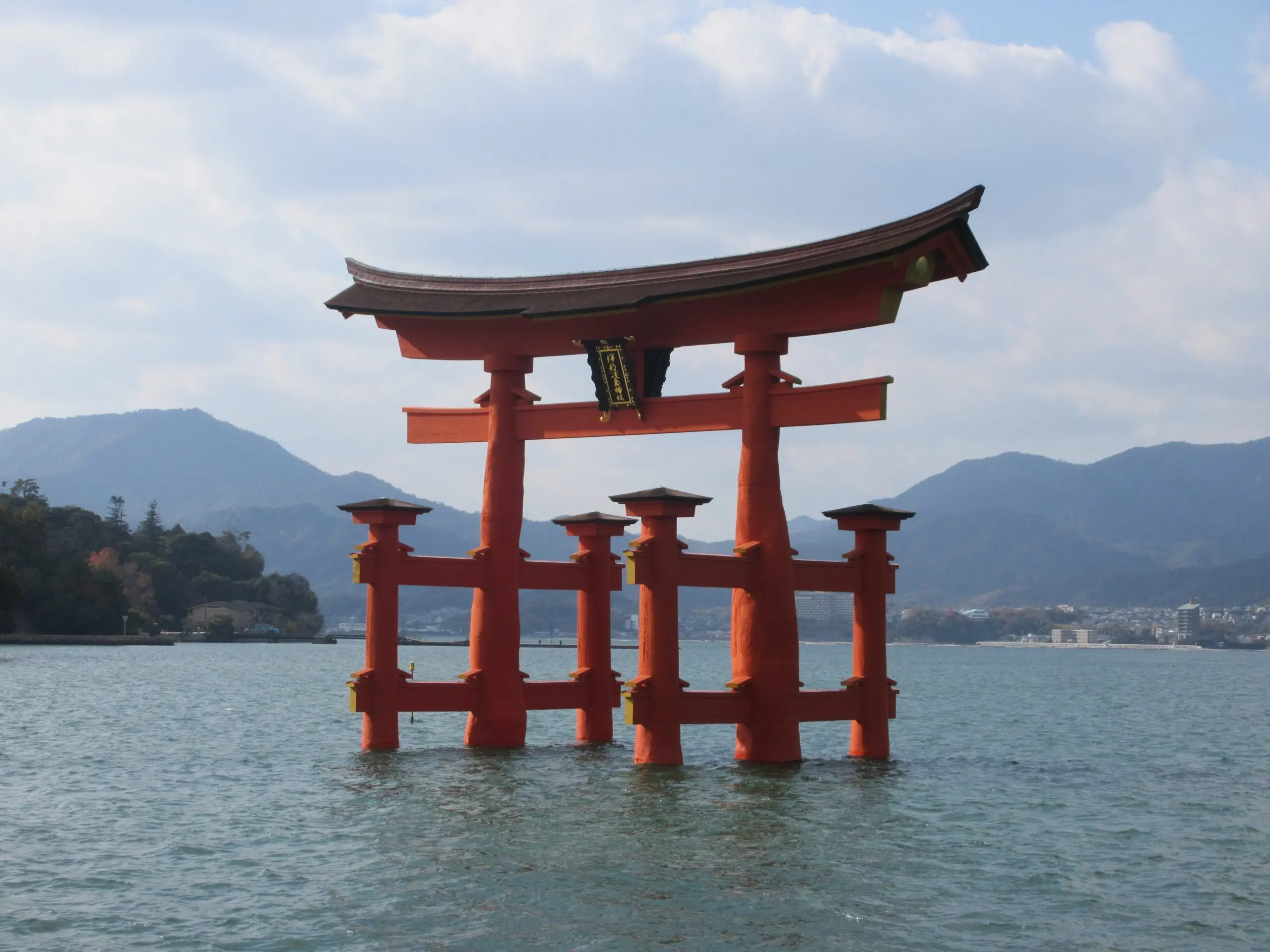
The ancient Itsukushima Shrine is a noteworthy place to visit during your trip. Taira no Kiyomori, an influential man in the country, had the shrine built in the 12th century.
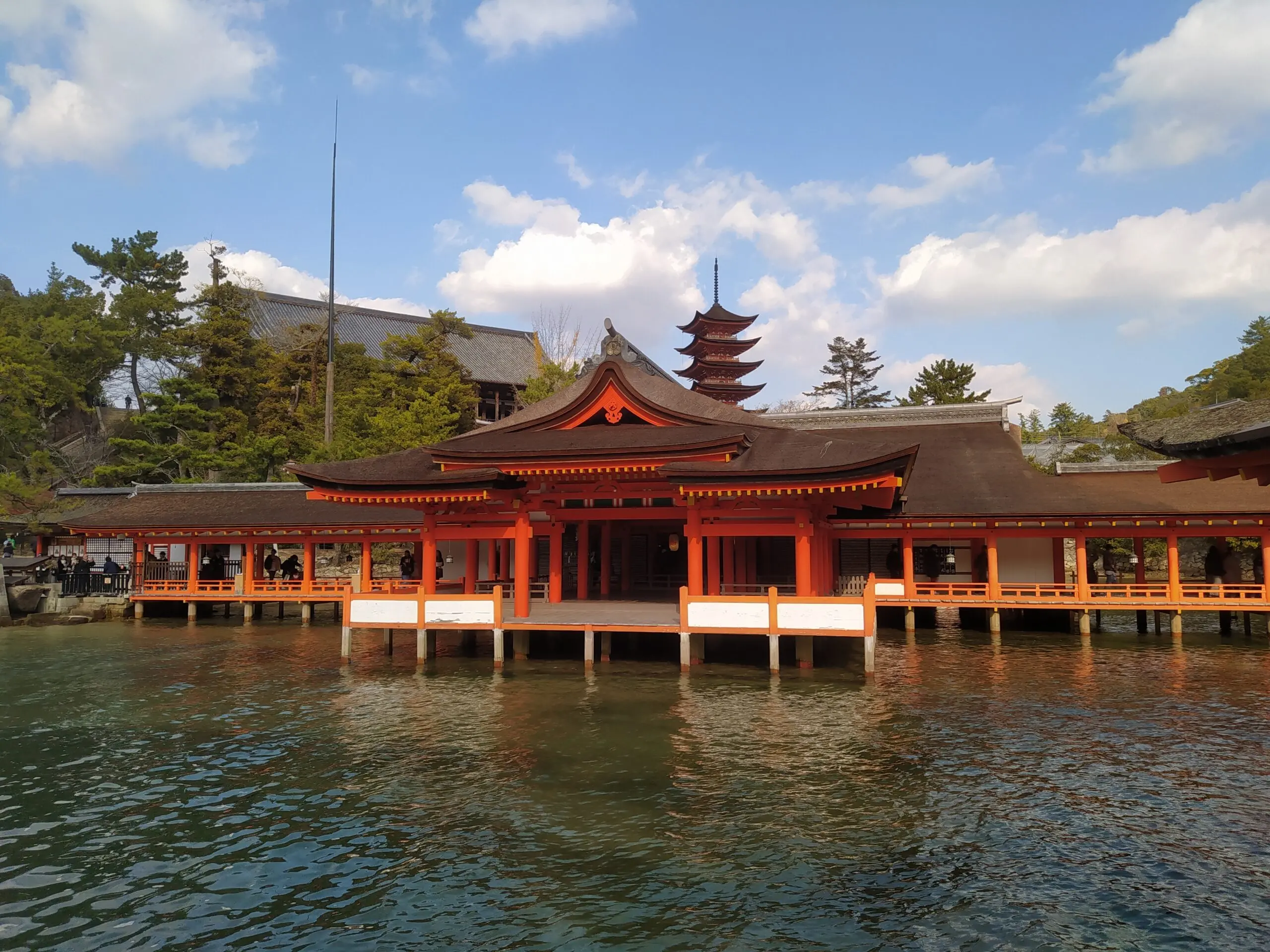
If you have the time and interest, you can follow the walking trails, go up Mt. Misen, check out Senjokaku Hall, and/or visit Daisho-in Temple before returning to Hiroshima.
Day 3
Before leaving for Fukuoka later in the day, you can buy souvenirs or check out a few more attractions in Hiroshima at a leisurely pace. You can visit the Shukkei-en Garden for leisurely strolls or relax for an hour or so.
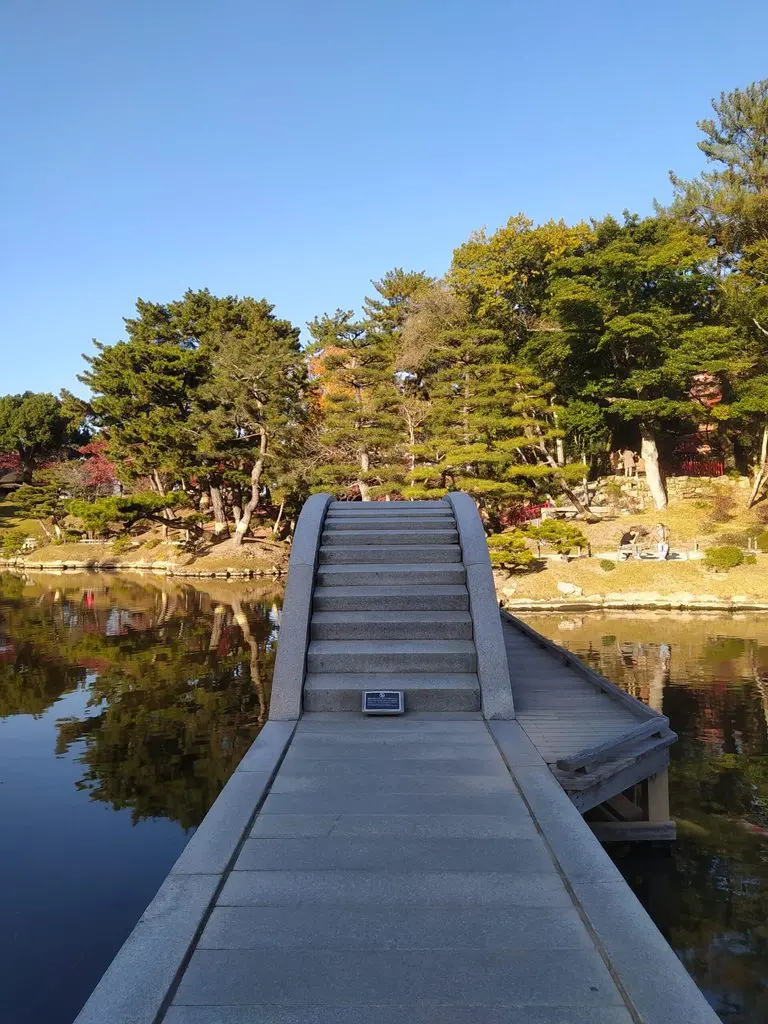
Other places you might want to visit include the Mazda Museum, Fudoin Temple, Mitaki-dera Temple, Hiroshima City Asa Zoological Park, and others. You can also leave for Fukuoka earlier and explore that city if you haven’t been to it yet.
If you have more time, you can extend your stay in Japan to visit another historic city, Nagasaki. The latter experienced the same fate as Hiroshima when the US dropped an atom bomb on it on August 9, 1945, 3 days after Hiroshima. You can learn more about that event and how the locals recovered from it during your visit.
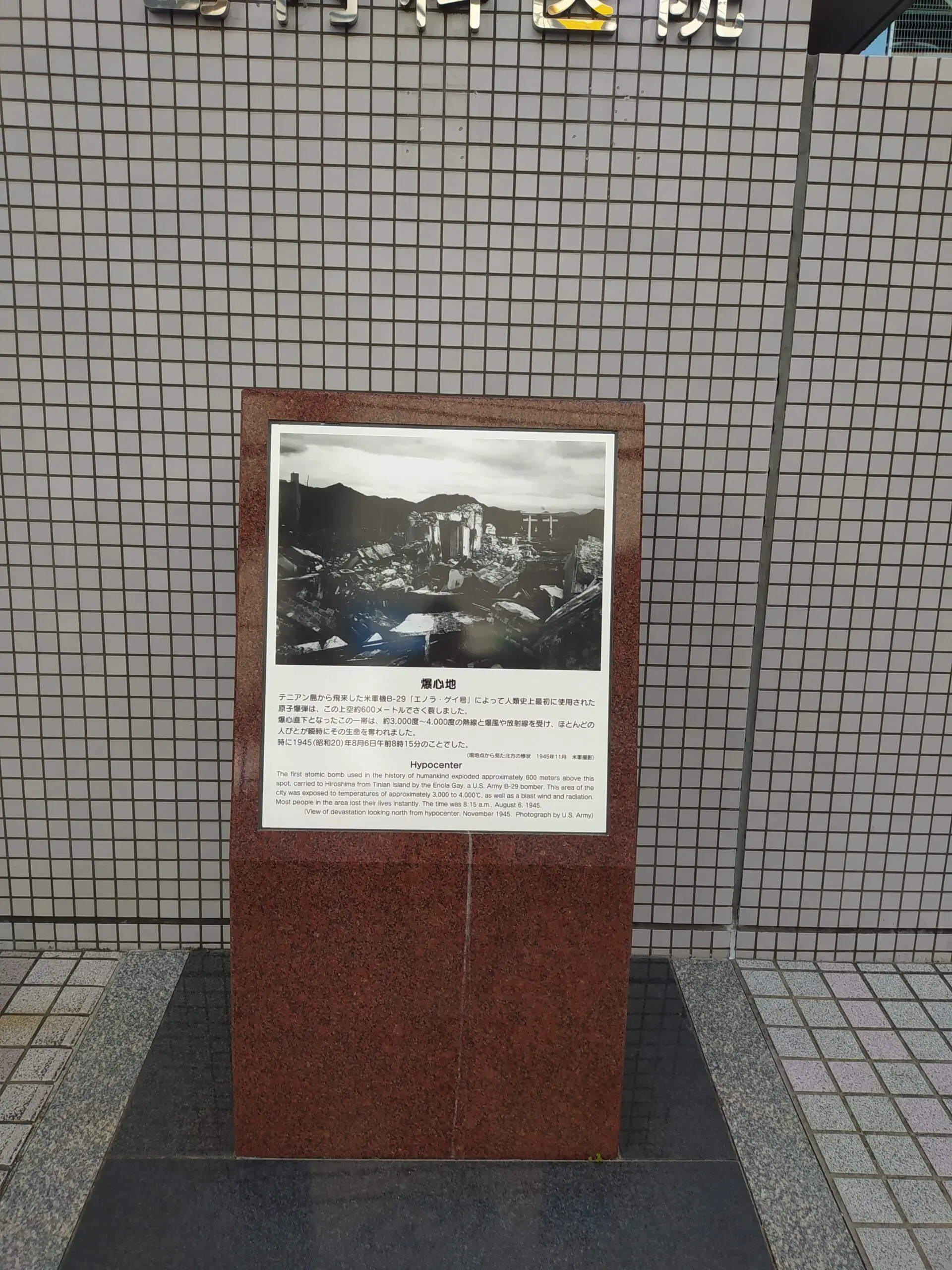
How much will you spend?
A budget of roughly JPY 52,000 or P20,000 per person covers the itinerary above. This budget includes:
- Entrance fees to some attractions
- Food and drinks from convenient stores with the occasional restaurant
- Use of public transportation
- JR Hiroshima Yamaguchi Area Pass
- A bed in a hostel dorm or a private room shared with at least one other person
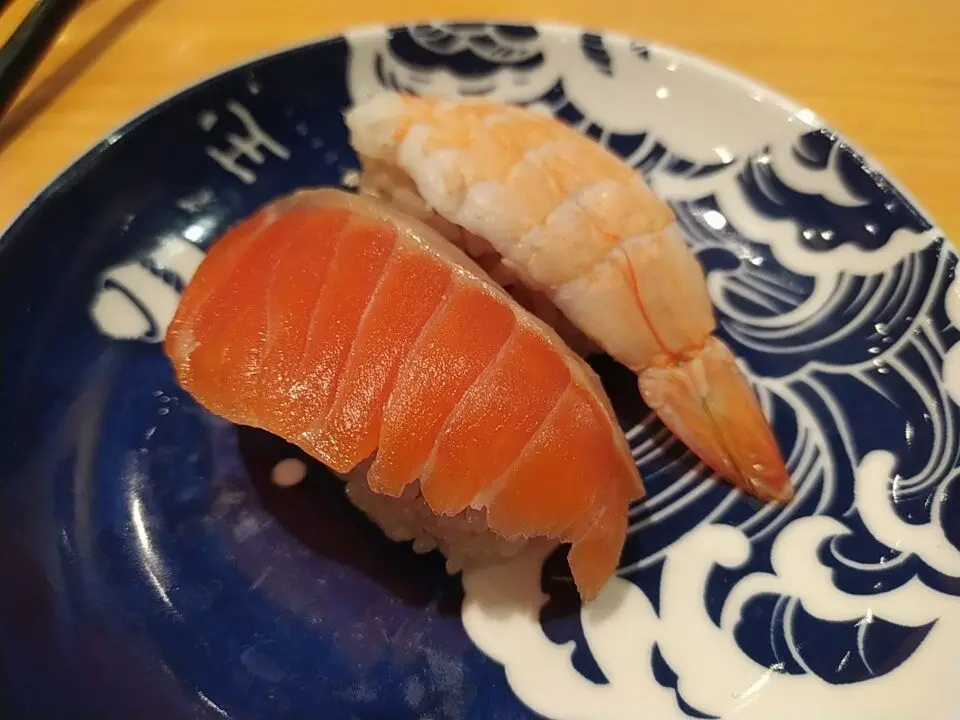
Hiroshima is one of the most popular cities to visit in Japan because of its important and crucial history as one of the cities where the US dropped a world-altering atomic bomb.
You can combine Hiroshima with a longer trip around Japan. For shorter stays, you can start and end your trip in Fukuoka. If you’re traveling around the Kansai region (Osaka, Kyoto, etc.), you can include Hiroshima in your itinerary. I would recommend getting the JR Kansai Hiroshima Area Pass. – Rappler.com